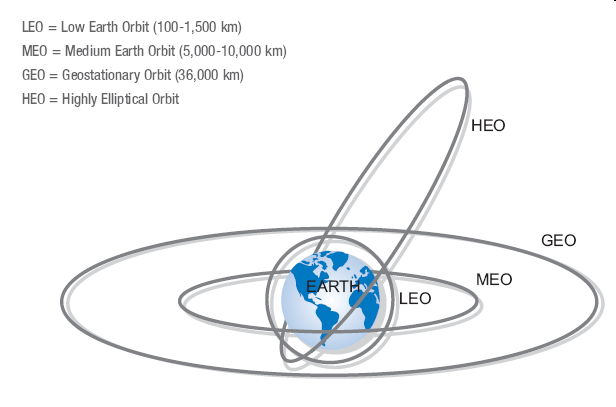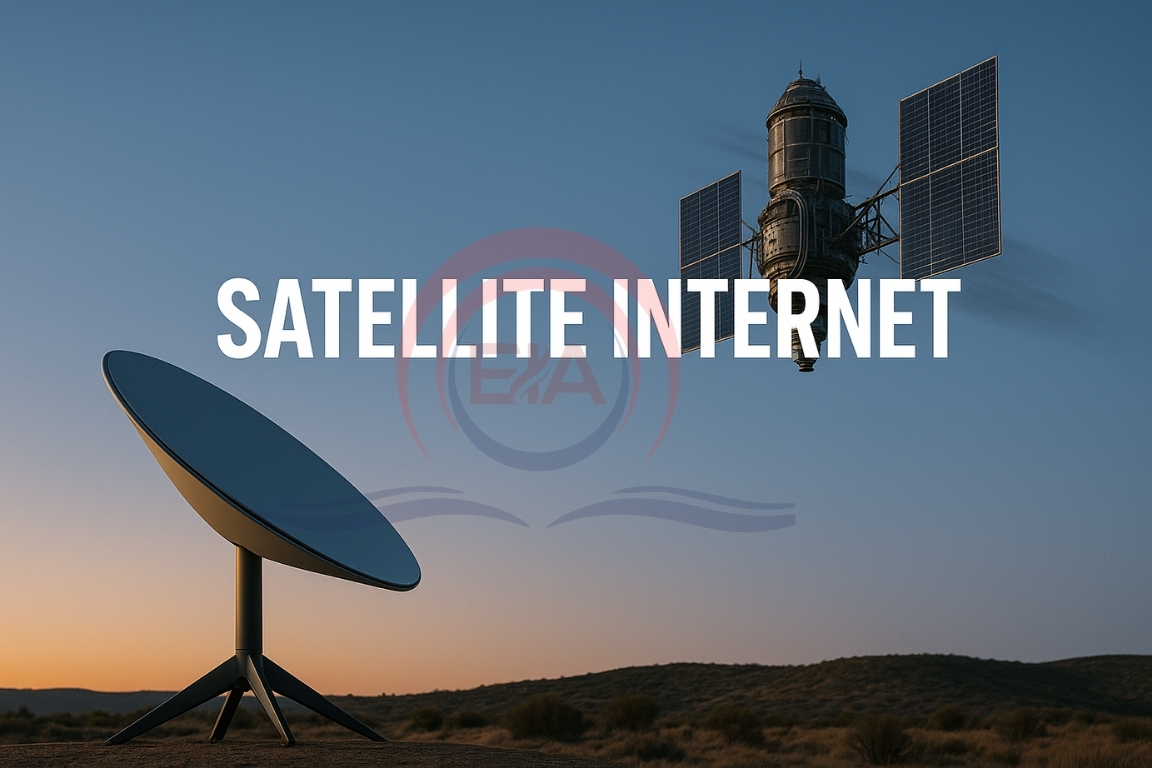Starlink, a Low Earth Orbit (LEO) satellite internet service, is expected to enter the Indian market soon, raising discussions on its role in bridging connectivity gaps and its security implications.
Background:
- Internet access is now essential for both civilian and defence purposes.
- Ground-based networks (cables, towers) are cost-effective in cities but unviable in remote or sparsely populated areas.
- Natural disasters and conflicts can damage physical infrastructure, creating demand for resilient alternatives like satellite internet.
Why Satellite Internet?
- Coverage in remote areas – Works where cables and towers cannot reach.
- Resilience – Continues functioning during disasters (e.g., Hurricane Harvey, 2017).
- Mobility support – Provides internet to ships, aircraft, oil rigs, and military bases.
- Quick deployment – Rapid setup during emergencies or sudden demand spikes.

Dual-use Nature
- Civilian benefits – Disaster relief, healthcare, education, agriculture, smart cities.
- Military applications – Secure communications, drone operations, troop coordination.
- Security risks – Can be misused by insurgents, smugglers, or criminal networks due to its borderless nature.
How It Works
- Two segments –
- Space segment – Satellites carrying communication payloads.
- Ground segment – User terminals and gateways connecting to satellites.
- Satellites’ altitude determines coverage, speed, and latency.
GEO (35,786 km)
- Covers 1/3rd of Earth; stationary over one point.
- High latency; not ideal for real-time applications.
- Example: Viasat GX.
MEO (2,000–35,786 km)
- Medium coverage and latency; needs several satellites for global reach.
- Example: O3b network.
LEO (<2,000 km)
- Very low latency, small coverage per satellite.
- Requires mega-constellations (e.g., Starlink with 7,000+ satellites).
Mega-Constellations
- Features – Hundreds/thousands of small satellites with on-board processing.
- Optical inter-satellite links – Satellites talk to each other, reducing ground dependence.
- Challenge – Continuous handover as satellites move at ~27,000 km/h.
Cost & Access
- Currently costlier than terrestrial broadband (~$500 equipment + $50/month).
- Future may allow direct-to-smartphone connectivity, removing the need for separate terminals.
Applications
- Civilian – Telemedicine, online education, disaster management, smart farming, environmental monitoring.
- Transport – Better navigation, connected vehicles, logistics.
- Defence – Secure battlefield communications, surveillance.
Way Forward for India
- Build national strategy for integration into disaster resilience plans.
- Use to bridge the digital divide in rural and border areas.
- Ensure strict regulation to prevent misuse.
- Actively participate in global rules for satellite internet governance.
Conclusion:
Satellite internet can be a game-changer for India’s connectivity and disaster resilience, but its adoption must be paired with strong regulations to prevent misuse. Balancing accessibility, affordability, and security will determine its long-term success in the country.





